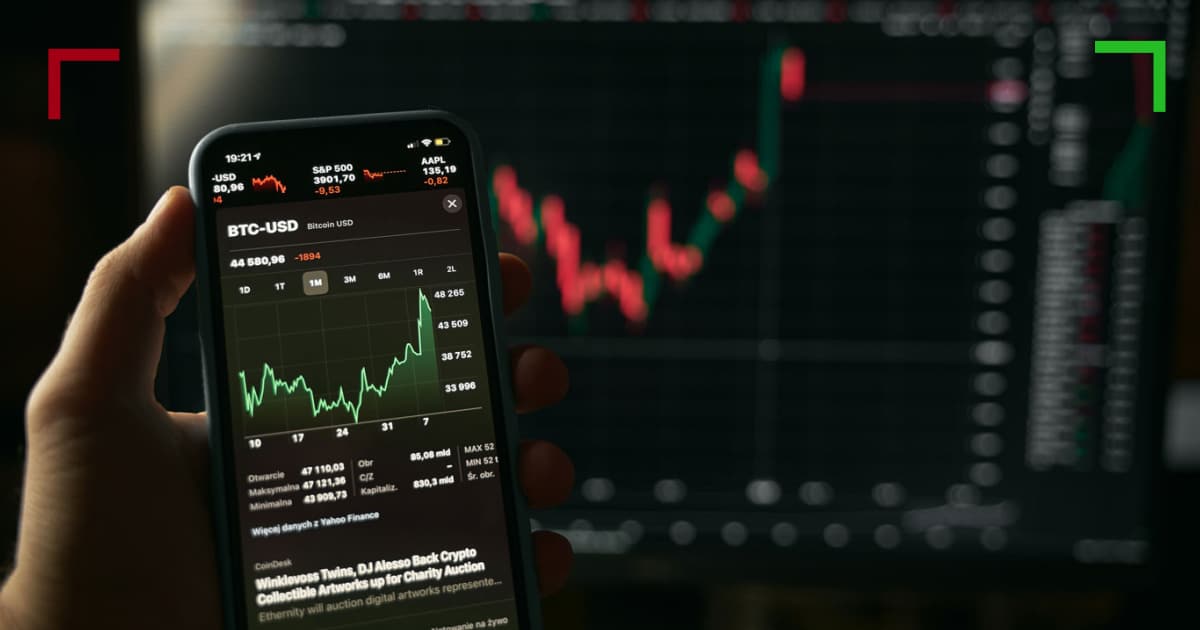
Understanding Crypto Trading Order Types
In the ever-evolving world of cryptocurrency trading, understanding the different types of orders is crucial for optimizing your investments and managing risk. This article will dive into various crypto trading order types, explaining their functionalities and use cases. For more information, you can Crypto Trading Order Types visit website to expand your knowledge on trading strategies.
What are Crypto Trading Orders?
Crypto trading orders are instructions you give to your trading platform regarding buying or selling assets at specific prices. Orders can be executed immediately, or set to execute when certain market conditions are met. Understanding how different order types work can help you navigate the market more effectively and improve your trading strategies.
Common Crypto Trading Order Types
1. Market Orders
A market order is the most straightforward type of trading order. When you place a market order, you are instructing the trading platform to buy or sell a cryptocurrency immediately at the best available price. Market orders are great for traders who need quick execution, but they can come with the challenge of slippage, which occurs when the price of the asset moves before your order is filled.

2. Limit Orders
Limit orders allow you to specify the price at which you want to buy or sell an asset. Unlike market orders, limit orders are not executed immediately. Instead, they remain open until the market price reaches your specified limit. Limit orders are particularly useful for traders who want to control the price at which they enter or exit a trade, reducing the risk of unfavorable trades due to market fluctuations.
3. Stop Orders
Stop orders, also known as stop-loss orders, are used to limit losses on a position. There are two main types of stop orders: stop-loss orders and stop-limit orders. A stop-loss order automatically sells your asset when it reaches a specified price, while a stop-limit order becomes a limit order once the stop price is reached. Stop orders are essential for risk management, helping traders to minimize potential losses.
4. Stop-Limit Orders
A stop-limit order is a combination of a stop order and a limit order. You set a stop price, and when the market reaches this price, your order is converted into a limit order rather than executing a market order. This allows you to specify the exact price at which you wish to sell or buy once the stop price is triggered. Stop-limit orders provide a blend of control and automation, but there’s a risk that your order might not execute if the market moves too quickly past your limit price.
5. Trailing Stop Orders
Trailing stop orders are advanced order types that allow your stop-loss level to follow the market price as it moves favorably. You set the trailing stop as a percentage or a fixed amount below the market price. If the market price rises, the stop-loss level adjusts upwards, but if the price falls, the stop-loss level remains unchanged. This strategy can help you lock in profits while still providing protection against significant losses.

6. Fill-Or-Kill Orders
A fill-or-kill (FOK) order is a type of limit order that must be executed immediately in its entirety or not at all. This order is useful for traders who need to ensure that their entire trade is executed at a specific price or not at all. Fill-or-kill orders can be particularly beneficial in fast-paced markets where price fluctuations can affect order execution.
7. Immediate-Or-Cancel Orders
Immediate-or-cancel (IOC) orders are similar to fill-or-kill orders, but they allow for partial fills. When you place an IOC order, any portion of your order that cannot be executed immediately is canceled. This type of order is beneficial for traders who want to execute part of a larger order quickly, while also being willing to cancel the remainder if not filled.
Choosing the Right Order Type
Each order type has its advantages and drawbacks. Choosing the right order type depends on your trading strategy, risk tolerance, and market conditions. Here are a few tips for deciding which order type to use:
- Market Orders: Use when immediate execution is critical, and you are willing to accept the current market price.
- Limit Orders: Opt for limit orders when you want to control the price at which your trade is executed.
- Stop Orders: Implement stop orders for effective risk management, particularly in volatile markets.
- Trailing Stop Orders: Use trailing stops to lock in profits while allowing for potential upside.
- Fill-Or-Kill Orders: Choose this for urgent trades where you want full execution at a specific price.
- Immediate-Or-Cancel Orders: Consider IOC orders for quick execution of a portion of your trade.
Conclusion
Understanding crypto trading order types is crucial for navigating the volatility of the cryptocurrency market. By selecting the appropriate order type based on your strategy and market conditions, you can manage risk more effectively and optimize your trading results. With the right combination of market, limit, stop, and more advanced order types, you can enhance your trading experience and improve your likelihood of success in the exciting world of crypto trading.


